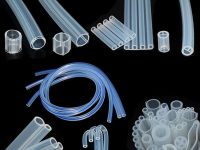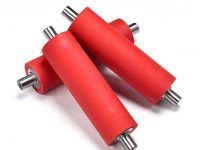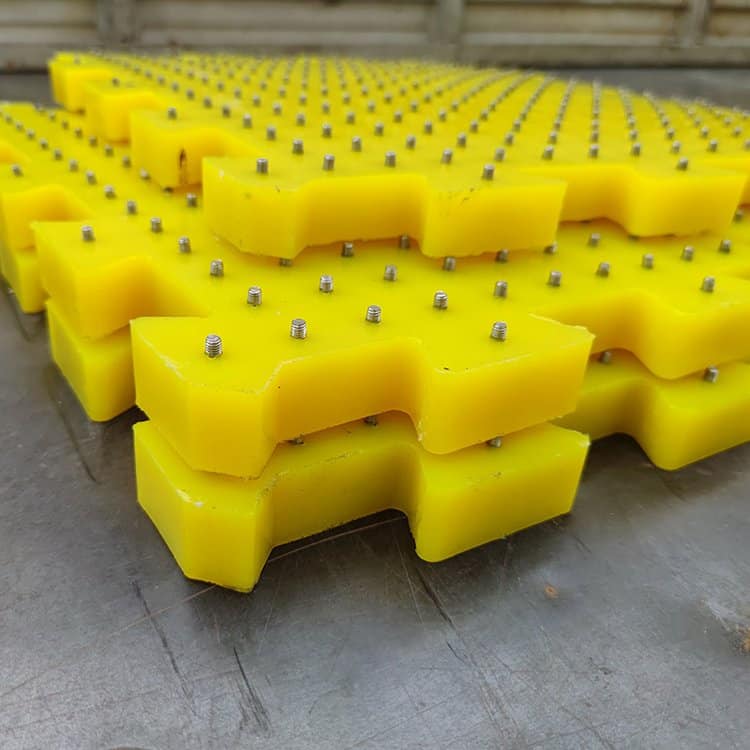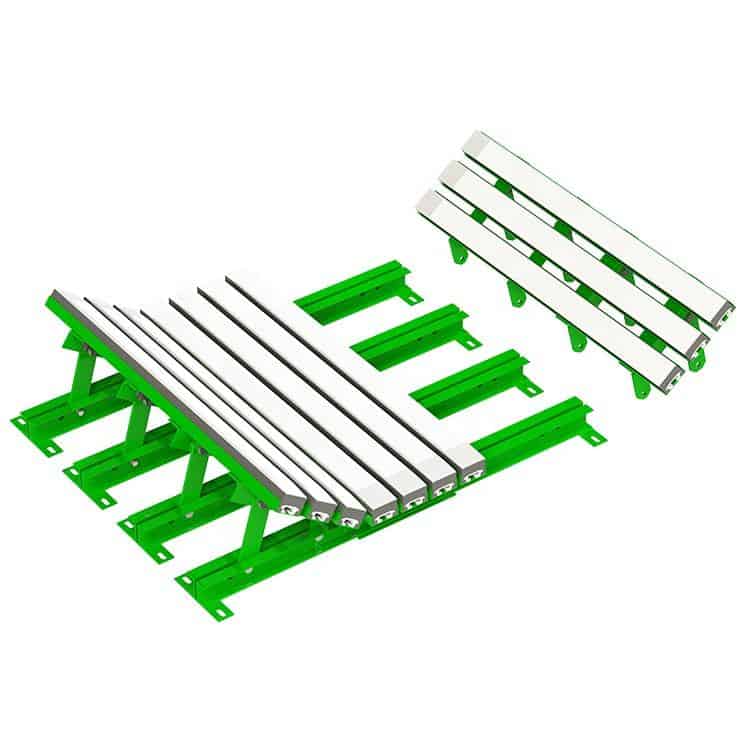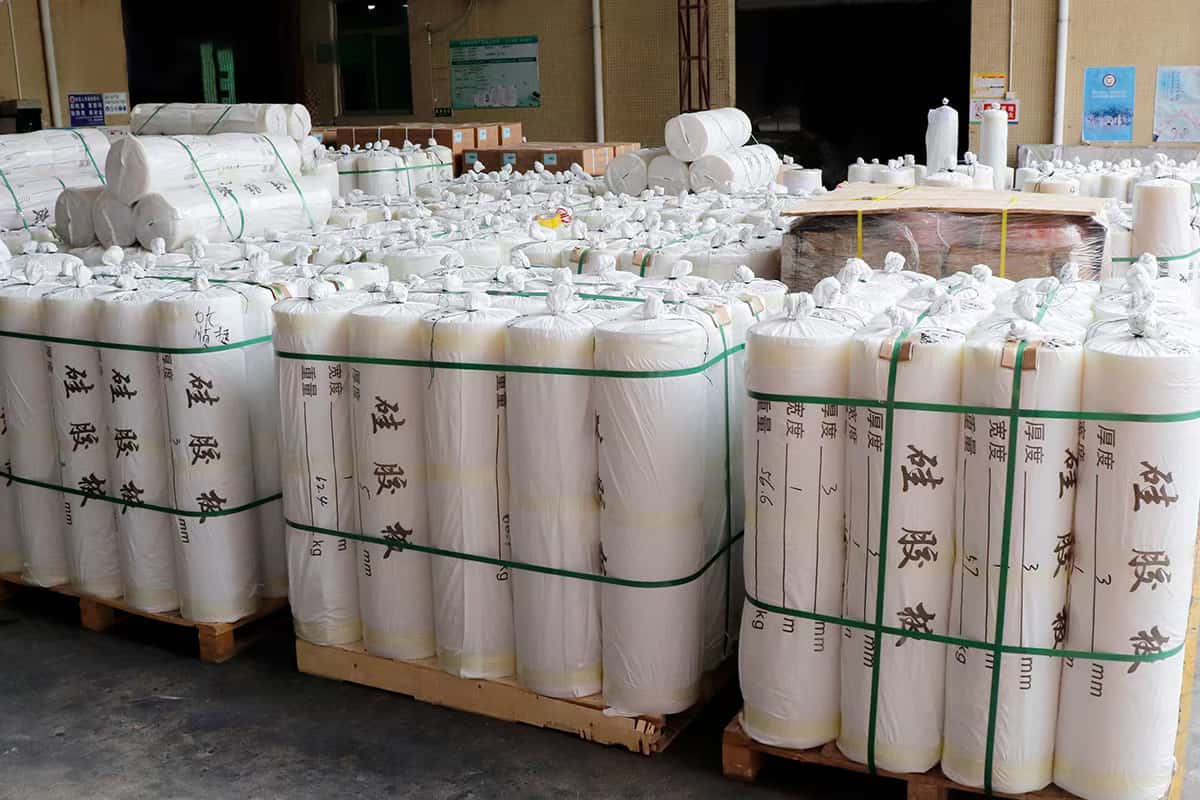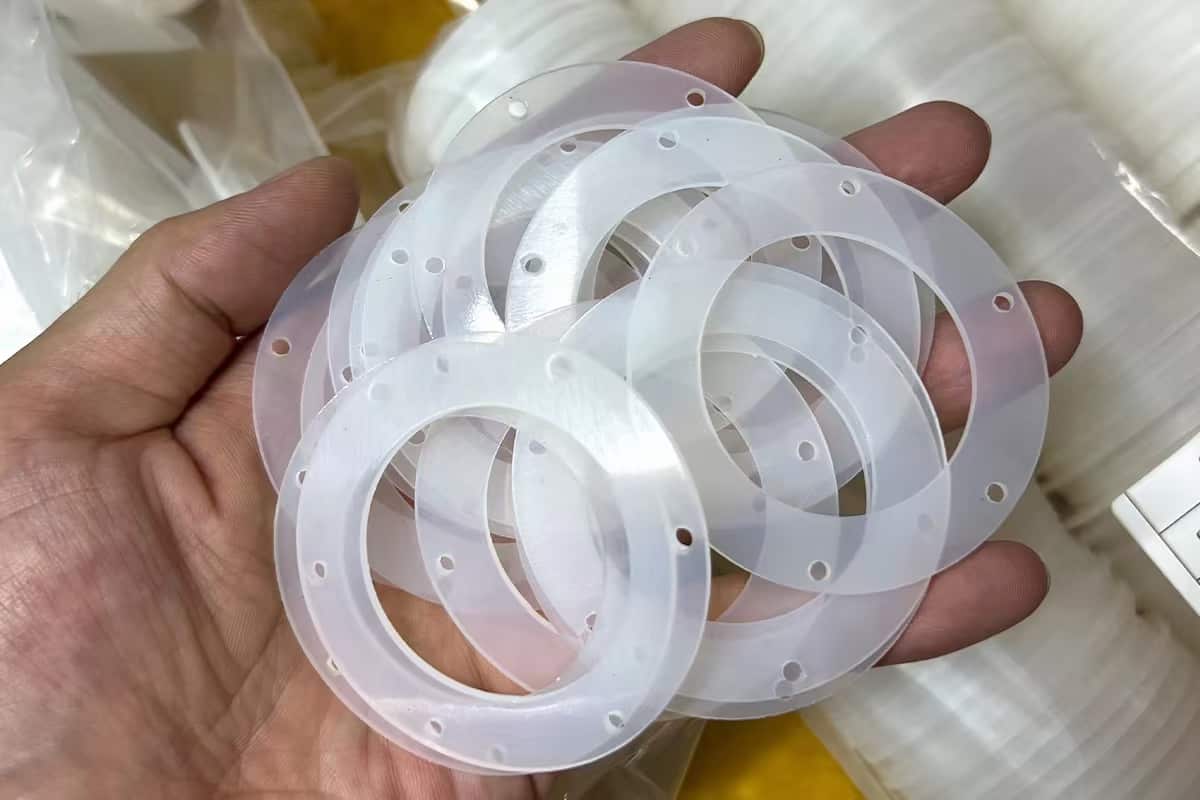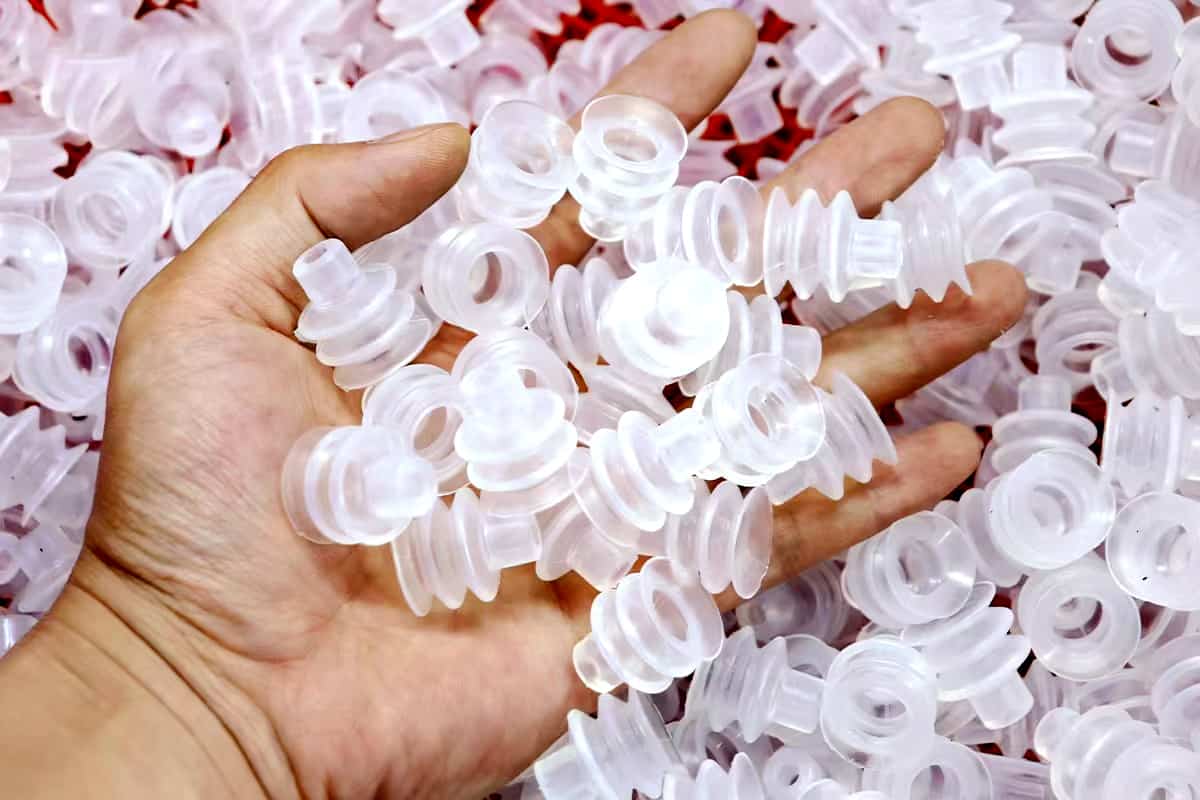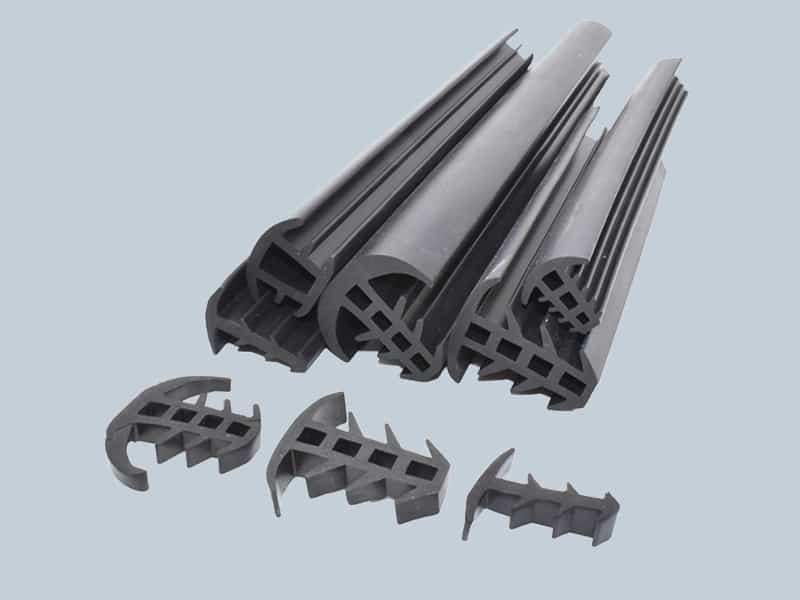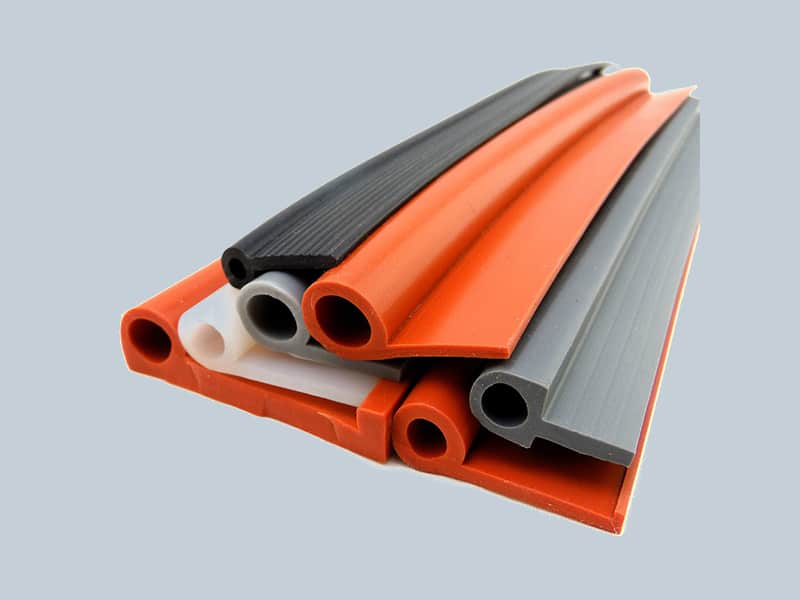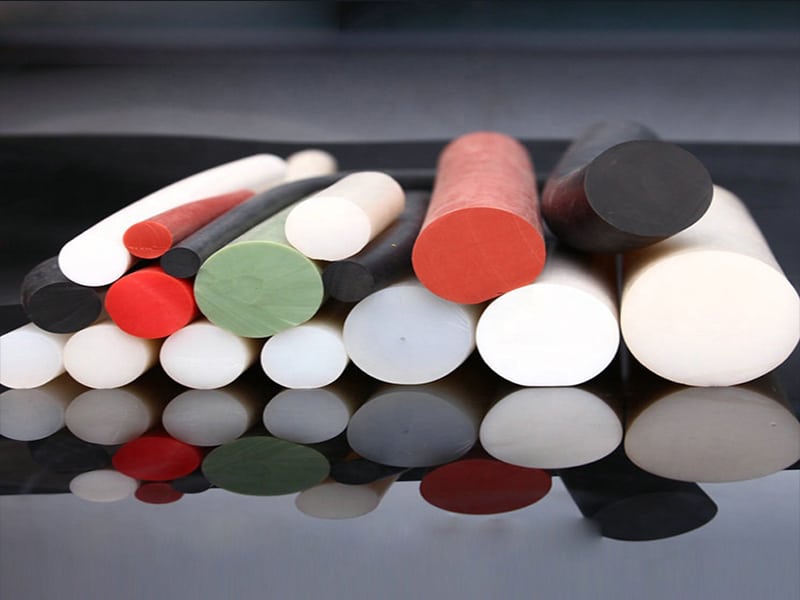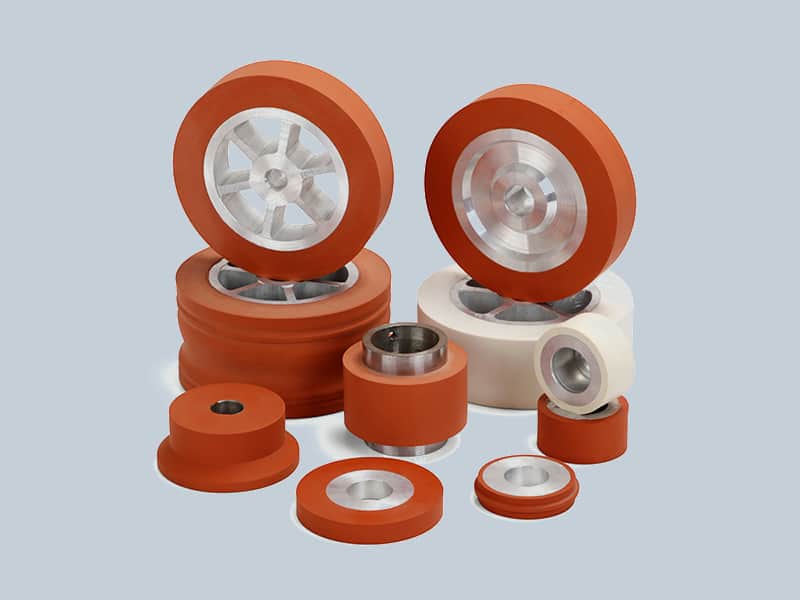Overview
Peristaltic pumps are a type of pump that is used to move fluid in many industrial and medical applications. This article will provide an overview of peristaltic pumps and explain how to choose the right tubing for optimal performance.
The heart of any peristaltic pump is the selection of the right tubing. Tubing choice can make or break a successful design, so it is important to understand how tube materials, chemical compatibility, and pressure ratings can impact your system performance. Different types of tubing offer different levels of strength and flexibility depending on the application requirements as well as cost considerations. To ensure efficient operation, it is critical to know what factors need to be taken into consideration when selecting tubing for your system.
Considerations for Tubing Selection
When selecting tubing for use with a peristaltic pump, it is important to consider the application, chemical compatibility and flow characteristics. Properly chosen tubing will help ensure optimal efficiency and performance from the pump.
The properties of the fluid being pumped should be taken into account when selecting tubing for a peristaltic pump. It is necessary to consider aspects such as viscosity, temperature, pressure and concentration of the fluid in order to decide on an appropriate type of tubing material. Chemical compatibility should also be considered since some materials can degrade or become brittle due to chemicals present in fluids being pumped.
Flow characteristics are another key factor when choosing tubing for a peristaltic pump. This includes factors such as wall thickness, inside diameter (ID) and outside diameter (OD).
Why Use Silicone Tubing for Peristaltic Pump?
Silicone tubing is a popular choice for peristaltic pumps due to its superior characteristics. It has excellent temperature resistance and can be used in applications that require higher temperatures than other types of tubing. Additionally, silicone is flexible and resistant to ozone, UV light, weathering, and many chemicals. This makes it an ideal choice for outdoor applications or those requiring frequent exposure to harsh environments.
Silicone tubing also offers superior durability compared to other materials such as rubber and vinyl. It does not harden or crack over time like rubber and can withstand continuous compression without losing its elasticity. Another advantage of silicone tubing is its low-friction properties which helps reduce wear on the pump components while providing smoother operation. Finally, silicone tubing is food grade approved making it safe for use in medical, pharmaceutical, food processing, beverage dispensing and laboratory applications.
Considerations for PVC & Polyurethane Tubing
When it comes to choosing the right tubing for your peristaltic pump, PVC and Polyurethane are two of the most popular materials used. Both have benefits and drawbacks that should be taken into consideration prior to making a purchase. PVC is cost effective, lightweight, easy to source, and has excellent chemical resistance; while polyurethane is more expensive but provides superior flexibility and durability.
Before making a decision on which material you need for your application, consider factors such as temperature range (PVC up to 140°F/60°C), pressure rating (polyurethane up to 145 PSI), chemical compatibility (PVC with alkalis, bases & alcohols; polyurethane with acids & oils), UV sensitivity (PVC requires UV inhibitors if exposed) and cost effectiveness.
Selecting the Right Size & Length
When it comes to selecting the right size and length of tubing for your peristaltic pump, there are a few things to consider. First, you need to be aware of the internal diameter (ID) and wall thickness of your application as these will determine the optimal size for your pump. The ID should be large enough to accommodate all fluids that will be pumped but small enough so that the hose does not distort or kink when bent around the rollers inside the pump head. The length of tubing should also be considered as too long a tube may cause increased friction which can lead to slower flow rates. It is important to select the correct material for both the tubing and connector type in order to ensure compatibility with any chemicals that may come into contact with them during operation.
Analyzing Flow Rate Characteristics
Analyzing flow rate characteristics is an important step in selecting the right tubing for your peristaltic pump. Flow rate characteristics include velocity, volumetric flow, pressure, and viscosity of the medium being pumped. Knowing which properties of the material you will be pumping should help you choose a tubing that is best suited for your specific application.
When considering flow rate, it is important to understand the dynamics of how fluids move through a peristaltic pump. Factors like applied pressure and tube material can influence how quickly or slowly fluid moves through the system. As such, accurate results require careful consideration of factors such as inner diameter, outer diameter, wall thickness, and length of the tubing when choosing a tube size for optimal performance. Additionally, other components such as valves may need to be considered when determining appropriate flow rates.
Conclusion
The conclusion of the article, “How to Choose Tubing for Your Peristaltic Pump,” is that there are a variety of factors to consider when selecting tubing for your peristaltic pump. The primary considerations should be the type of material and its compatibility with the fluid being pumped. For example, rubber is best suited for water-based fluids, while PTFE or FEP are better for more aggressive chemicals. Other important factors include tube size, wall thickness and length, performance requirements such as pressure and vacuum ratings and cost. Ultimately, careful consideration must be given to each factor in order to find the right tubing option for your application.
Furthermore, it is important to select a high quality product from a reliable supplier who can provide technical support if necessary. Make sure you read online reviews and do research on any company before making a purchase decision.


